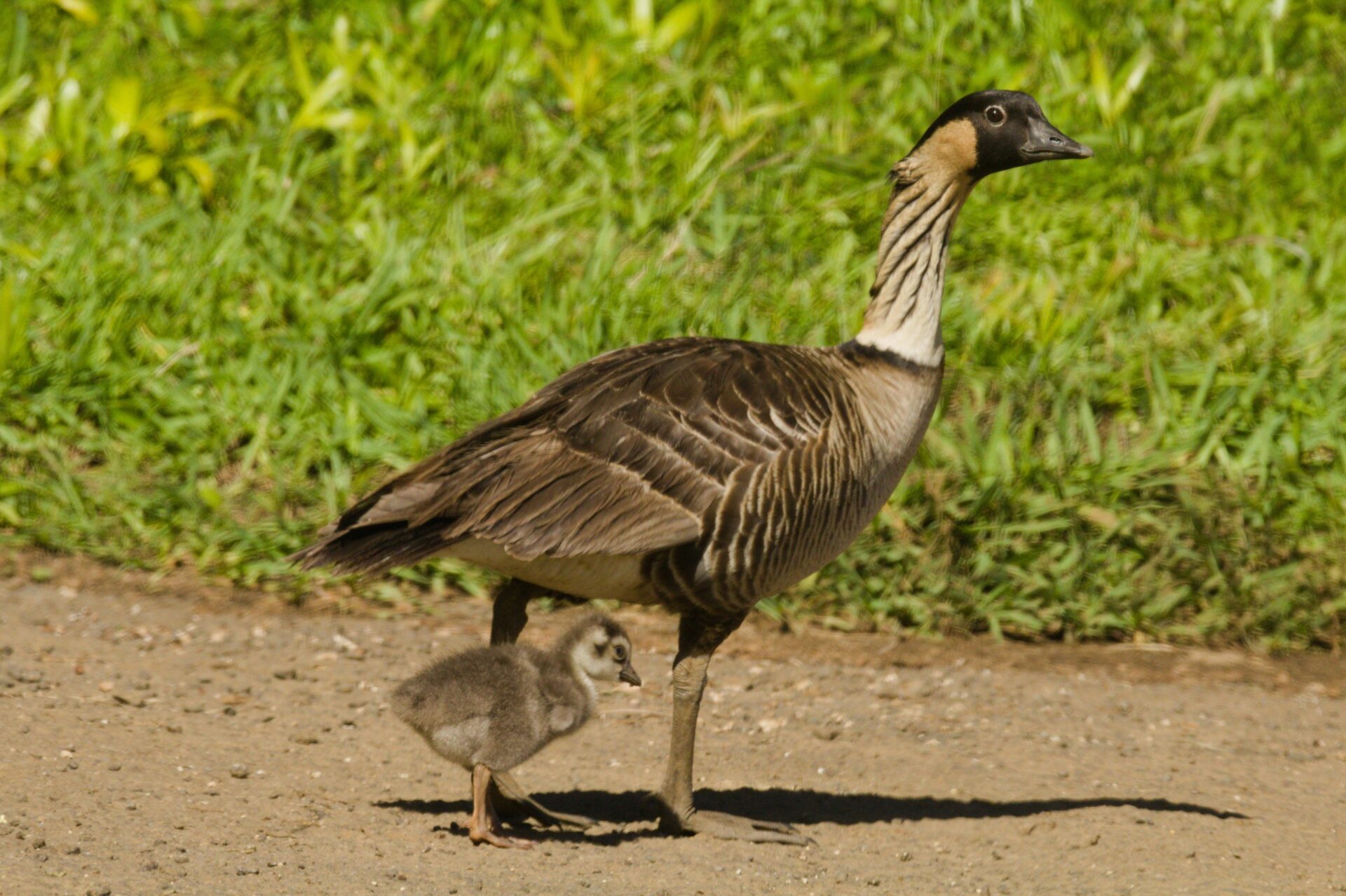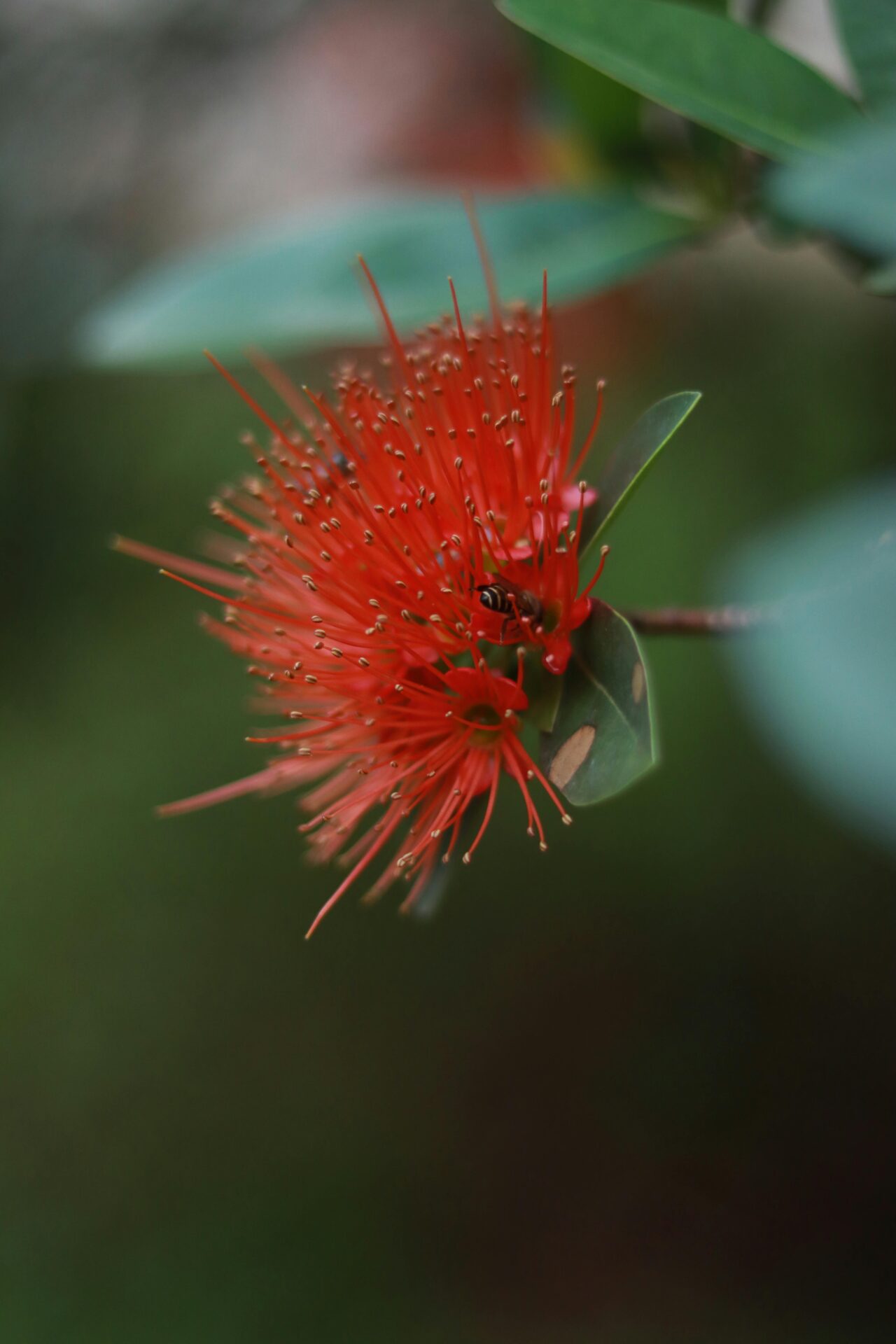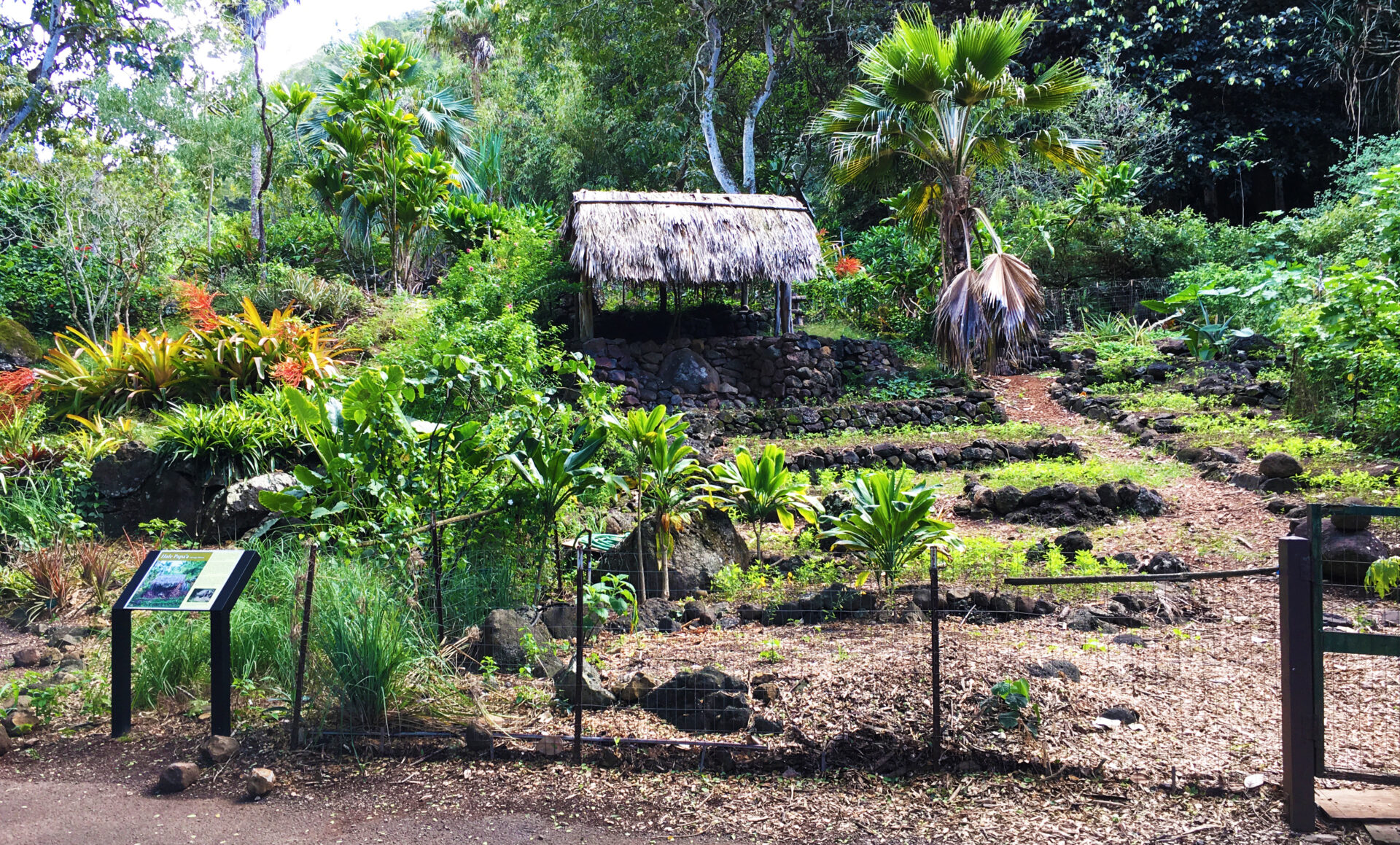Knowing the native and invasive species in Hawai‘i is an important skill because, let’s get one thing straight: Hawai‘i is different. If you’ve spent more than five minutes on any island, you already know that. But it’s not just the waterfalls dropping out of nowhere, or the way the light hits the cliffs at 5 p.m., or the fact that there’s a beach with green sand. It’s the biology. The living, breathing, crawling, chirping biology. Hawaii is home to one of the most unique ecosystems on the planet – and that’s not hyperbole.
Here’s why: this place started with nothing but lava. No plants. No animals. Just rock. Everything that’s here now either flew in, floated in, or hitched a ride on the wind. And that process took millions of years. Birds, bats, bugs, and the seeds of what would become trees all made the slow and improbable journey to these isolated islands, thousands of miles from any continent.
Now, take that finely balanced ecosystem – so delicate it makes antique glassware look like Tupperware – and introduce mongooses, pigs, cats, and about 13,000 species of invasive plants. That’s basically the plot of every disaster movie ever, except it’s real, and it’s happening right now.

Native Species in Hawaii – What Belongs and Why It Matters
The Originals: Hawaii’s Native and Endemic Species
First, let’s talk about who should be here.
Native species in Hawaii are those that arrived in Hawai‘i without human help. Think: birds blown off course during migration, seeds stuck to a bird’s belly or inside its belly (yep, that kind of delivery system), or bugs that caught a ride on the wind and liked it here enough to stay.
But endemic species? That’s next-level special. These are plants and animals found nowhere else on Earth. We’re talking about the nēnē goose (Hawai‘i’s state bird), the happy-face spider (which – no joke – has an emoji-style grin on its abdomen), and the Hawaiian monk seal, which is so rare you’ve got better odds of seeing Elvis at Zippy’s.
Roughly 90% of Hawaii’s native flora is endemic. That’s wild. It means this place isn’t just unique – it’s irreplaceable.
Want an example of native plant royalty? Meet the ‘ōhi‘a lehua tree. It was one of the first plants to colonize fresh lava flows and helped shape the forests we see today. It’s hardy. It’s beautiful. And it is sacred in Hawaiian culture.

Or how about the ‘i‘iwi, a native honeycreeper with a curved beak perfectly evolved to sip nectar from tubular Hawaiian flowers. Evolution put in the work here. Thousands of years of adapting, balancing, fine-tuning – only for invasive mosquitoes to roll in and ruin everything.
Because here’s the kicker: Native species in Hawai‘i didn’t evolve with large predators or disease-bearing insects. They didn’t need to. They weren’t prepared for what was coming.
Land Tours

Waimea Valley: General Admission
Waimea Valley, previously known as Waimea Falls Adventure Park, is now a botanical garden managed by the Office of Hawaiian Affairs. This 1,875-acre garden features a tranquil setting along the Waimea River and a 40-foot-high waterfall.

0 Comments